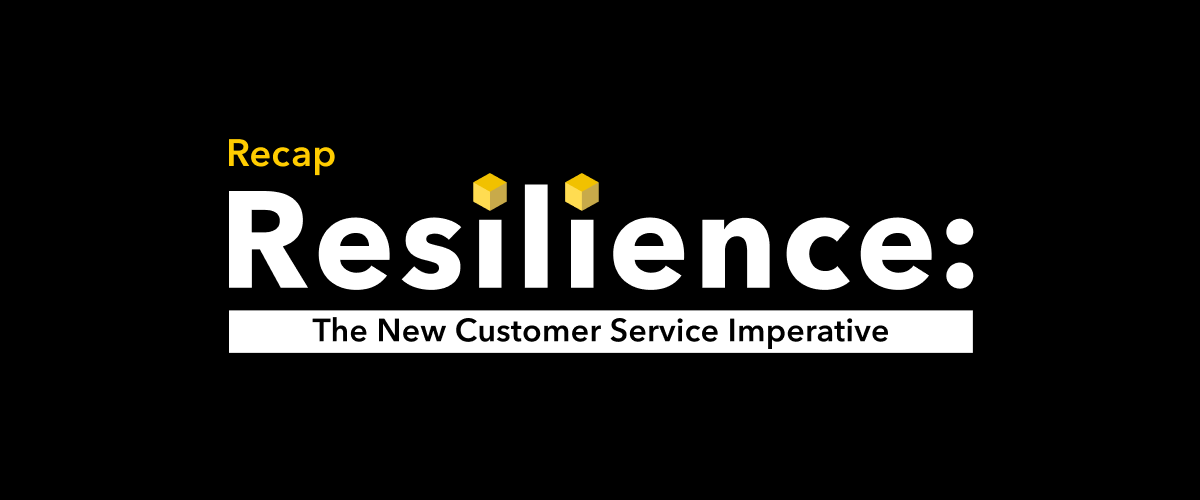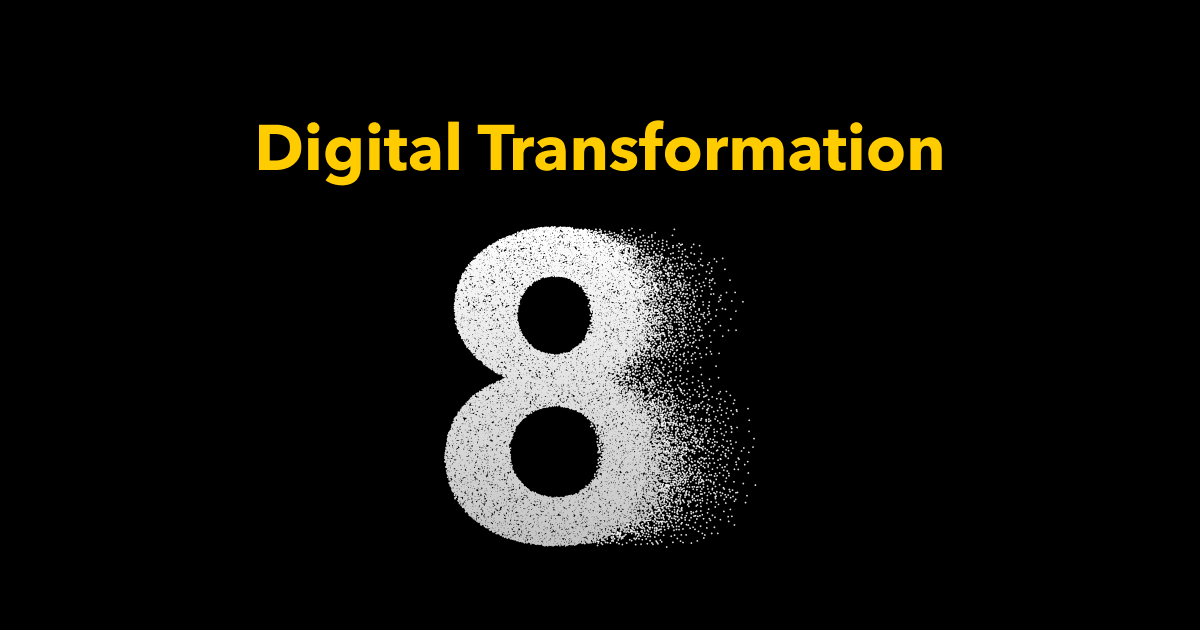Michael Lawder has been on the front lines of customer service for more than two decades, driving innovation and leading customer care for prominent brands including Samsung, Electronic Arts, and Apple.
Like everyone in our industry, he’s never experienced anything that has disrupted customer service so dramatically as COVID-19 — especially as global call centers were shut down. Amidst that chaos has come “a silver lining,” Michael says, that may finally force companies to shift more customer service resources away from the telephone and into digital.
“COVID-19 has created an opportunity to accelerate digital from what was a second-class citizen before,” he says.
Our CEO Mike de la Cruz recently had a chance to sit down with Michael and discuss the state of customer service today and how it’s changing because of the ongoing global health crisis. In the 40-minute webinar, “Resilience – The New Customer Service Imperative,” Michael shares how his colleagues across the industry have responded, from mobilizing call center agents to leveraging the gig workforce, AI, and automation. He also shares practical advice on how to build dynamic and scalable support models that not only improve the customer experience, but can also withstand any future crisis.
You can read a small, edited sample of the webcast below. Or watch the full interview here:
[WATCH WEBINAR: Resilience – The New Customer Service Imperative]
How has COVID-19 changed customer service?
Every company I’ve interacted with has had to move all of their agents home, and that has been quite complicated. So there’s this huge shift to a remote workforce and work-from-home model. The challenge is going to be how to do that sustainably over time. It’s quite complex to build that infrastructure. I think the second change is digital transformation, which we’ve been talking about for a long time. Still, 90% of customers who need help use the phone to call companies. However, now [with COVID-19] we’re seeing a greater acceleration towards digital, both because of the remote workforce and because customers are more comfortable now using more digital channels to do everything — from ordering food to getting help.
How do you think COVID-19 is accelerating digital transformation?
The customer service industry has been reliant on the telephone for 40-plus years — and there’s a sort of deep-muscle memory. Yet 80% of customers today prefer to engage with brands on digital and social channels. So, we have this huge disconnect. Companies are spending the majority of their budget on the telephone side of the business, but customers prefer to engage in digital. We know having a digital support presence creates a better customer experience, and we know it’s more efficient for companies to do it. Digital really can both improve the quality of the customer experience and reduce costs for the company.
The global impact of COVID-19 has created the opportunity for support organizations to accelerate their digital transformation. Now, CX and support leaders are rapidly shifting their investment to enable remote workforce digital capabilities and digital advancement.
If digital has all these clear benefits, why has it been so hard to transition from analog to digital?
It’s a funny challenge. My own experience is that we’ve tended to focus on the places where we’re spending the most money. In the case of most customer service organizations, that’s the voice channel. It’s very expensive. So, it’s ironic that customers want to engage with brands through digital channels, and yet companies are heads-down focusing on the channel customers don’t really want. I do think COVID will help change some of that. I also think we’re seeing (the emergence) of more digitally native companies, the younger companies that only have been around 10-15 years. Those companies are advancing in digital support more quickly — and I think we’ll eventually see older companies jump on board.
So aside from digital transformation, what changes will come from COVID?
In the history of contact centers, the approach with agents has been pretty much the same — which is you go out and hire a team or hire a third-party partner to bring in hundreds of people. You pay them as little as possible, give them two or three weeks of training, and then release them to serve as the voice of your brand. I don’t think anybody would say that’s the ideal model for how to construct a customer service function for business. The idea of using the gig workforce to power customer service operations is really smart. If you’re able to use the gig workforce and find people who are already experts and brand ambassadors for your products — you want those types of folks engaging with your customers more than someone who doesn’t really understand or use your products.
Do you think companies can really trust these gig networks to represent their brands?
Yeah, absolutely. What I’ve seen personally by using Directly’s expert network is that when you can find brand ambassadors, who are really passionate about your brand, who are willing to help your customers, who are more likely to learn about and get the most out of your products and services — and you’re willing to compensate them in some way — you can completely trust them. From my experience, we saw the same or greater quality of service with a lower cost. It was a delightful surprise to improve quality of service without increasing, and even decreasing cost.
What kind of impact might COVID-19 have on using AI for customer service?
For customer service, it’s already having a huge impact, especially for transactional service. Particularly things like checking the status of an order or being able book a flight. I think it’s important, though, that as you get into more complex human dialogue, you need to be very careful about how you deploy AI. You need to have a human agent sort of on standby — so that customers always get the help that they need. The worst thing is when a customer uses an AI experience, an automated experience, a chatbot — and they can’t get their issue resolved.
So it really isn’t an AI OR human decision. It’s the combination of humans and AI, right?
For sure. Most people who need help probably don’t want to speak to a human. A lot of people are fine solving the problem themselves or interacting with a bot to get the answer. But when you try to do that and you don’t get the answer, companies often fail to provide a next step to give you access to somebody who can help you. If you build that stack properly, with an automated experience and then an augmented agent experience, it’s a much better way to go. If automation solves the problem, fantastic. But if it doesn’t, there’s a human right there to pick up where they left off. That’s really the key.
_____________________
About Directly
COVID-19 has forced many in our industry to re-think how we provide customer support. Companies such as Microsoft, Samsung, Airbnb, and Autodesk are using Directly’s platform to deliver more automated and elastic customer support operations that are resilient, even in the face of a crisis. Our platform integrates with support channels to understand customer issues, automate common solutions, and engage community experts. This enables customer support leaders to resolve customer issues with the right mix of automation and human support, boosting customer satisfaction, while saving millions per year. Contact us to set up a demo of our platform today.



